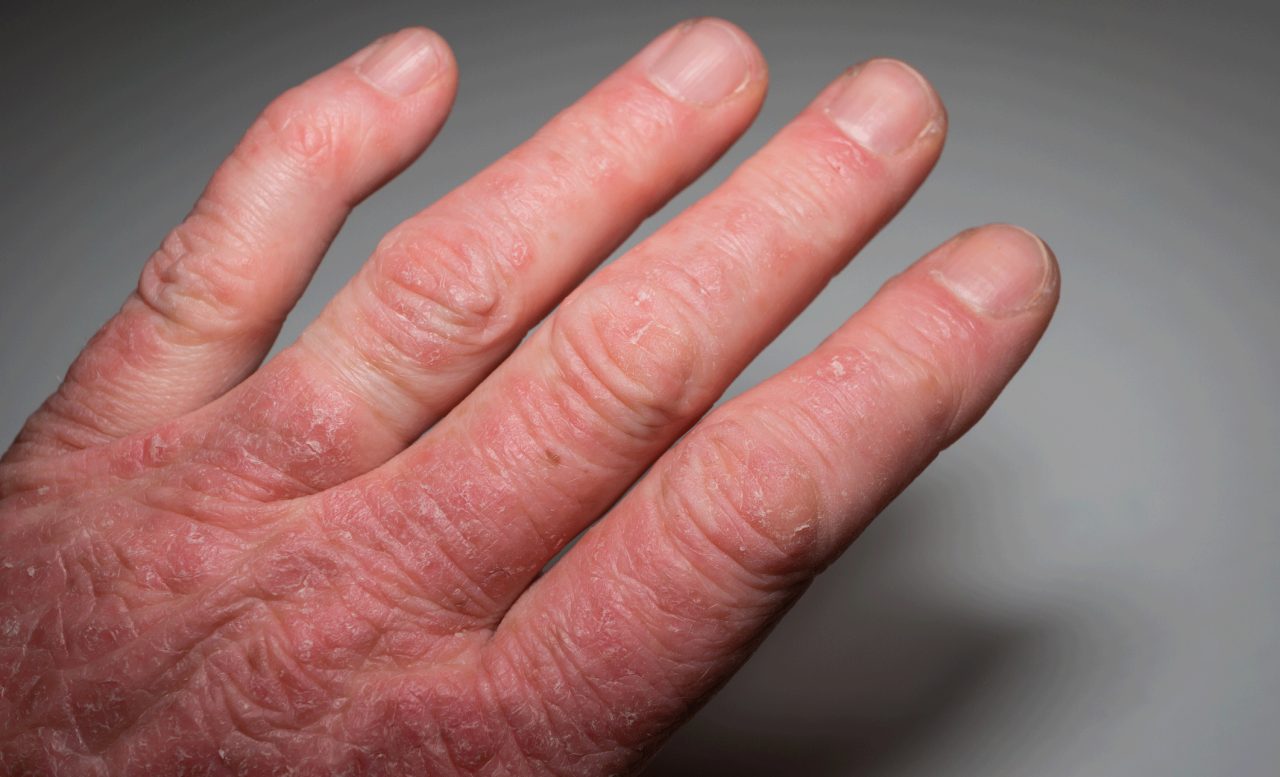What Is Psoriatic Arthritis?

If you have the skin condition psoriasis, you may also have painful joints, a condition called psoriatic arthritis. But sometimes the painful joints come first.
What is psoriatic arthritis?
Usually, you’ll first see the tell-tale signs of psoriasis — painful patches of skin, typically with silvery scales. About 20 to 30 percent of psoriasis patients have arthritis, too.
It’s not uncommon, however, for painful joints to arrive before you notice anything on your skin. If you have psoriatic arthritis, joints anywhere in your body, from your fingertips to your toes, can swell and become stiff. The problem may be mild or severe and come and go, with flare-ups that fade.
If four or fewer joints are affected, you’ll be diagnosed with oligoarticular psoriatic arthritis. Polyarticular affects four or more joints. Spondylitis, which is less common, can affect your spine, hips, or shoulders.
YOU MIGHT ALSO LIKE: Better Treatment for Psoriasis
What are the symptoms of psoriatic arthritis?
Especially if you have untreated or unresolved psoriasis, watch out for joint issues. Early treatment helps. Seeing a rheumatologist, a doctor who specializes in arthritis and immune disorders, even six months later can make your case more difficult.
- You may notice aching or tenderness first — especially in your hands, feet, wrists, ankles, or knees.
- Stiff joints may be most noticeable in the morning or after you’ve been sitting too long. You may have less range of motion.
- The joint issues may come alongside stiffness in your lower back, pain in your Achilles’ tendon, or sometimes sausage-like swelling of an entire finger or toe.
- Inflamed eyes, fatigue, and low iron in your blood can come with the problem.
Who gets psoriatic arthritis?
This condition affects men and women almost equally, typically starting in your 40s.
If you have psoriasis in more than three locations, compared to one, your chance of psoriatic arthritis doubles. Nail pits also make arthritis more likely.
A genetic vulnerability for immune dysfunction causes both psoriasis and psoriatic arthritis, but usually a trigger in your life sets off the symptoms.
Injuries, oral ulcers, taking antibiotics, and lifting heavy weights have all been identified as possible triggers for psoriatic arthritis. Obesity, which puts pressure on your joints, is a risk factor.
People with psoriatic arthritis are more likely to have osteoporosis, heart disease, type 2 diabetes, inflammatory bowel disease, and depression — all of which may be made worse or triggered by the chronic inflammation of psoriasis and psoriatic arthritis.
How is psoriatic arthritis treated?
- In the early stages, you can take over-the-counter nonsteroidal anti-inflammatory drugs (or NSAIDs). Your doctor may advise you to exercise and get training in how to move more efficiently. You may treat the joint with heat and cold presses or temporarily use a splint on a joint. You might get a cortisone injection in a particular joint.
- Sometimes, your doctor will prescribe an oral steroid, which may temporarily worsen psoriasis.
- Anti-rheumatism drugs that may treat psoriatic arthritis include methotrexate, sulfasalazine, and cyclosporine.
- Biologic drugs (see What Is Psoriasis?) may help in severe cases or when other treatments do not help. The drugs require injections or an IV drip.
Can your diet make a difference?
In general, the diet to treat psoriatic arthritis is a healthy diet for anyone. You want to lower inflammation and make sure you have needed nutrients.
- Alcohol, sugar, processed meats, fried foods, red meat, and dairy may increase inflammation.
- Berries, dark leafy greens, beans, and whole grains may do the opposite.
- Salmon and other cold-water fish, avocados, flaxseed oil, and olive oil are high in omega-3 fatty acids, which are linked to lower levels of inflammation.
- Turmeric, ginger, cayenne, and teas are also anti-inflammatory.
Updated:
July 12, 2023